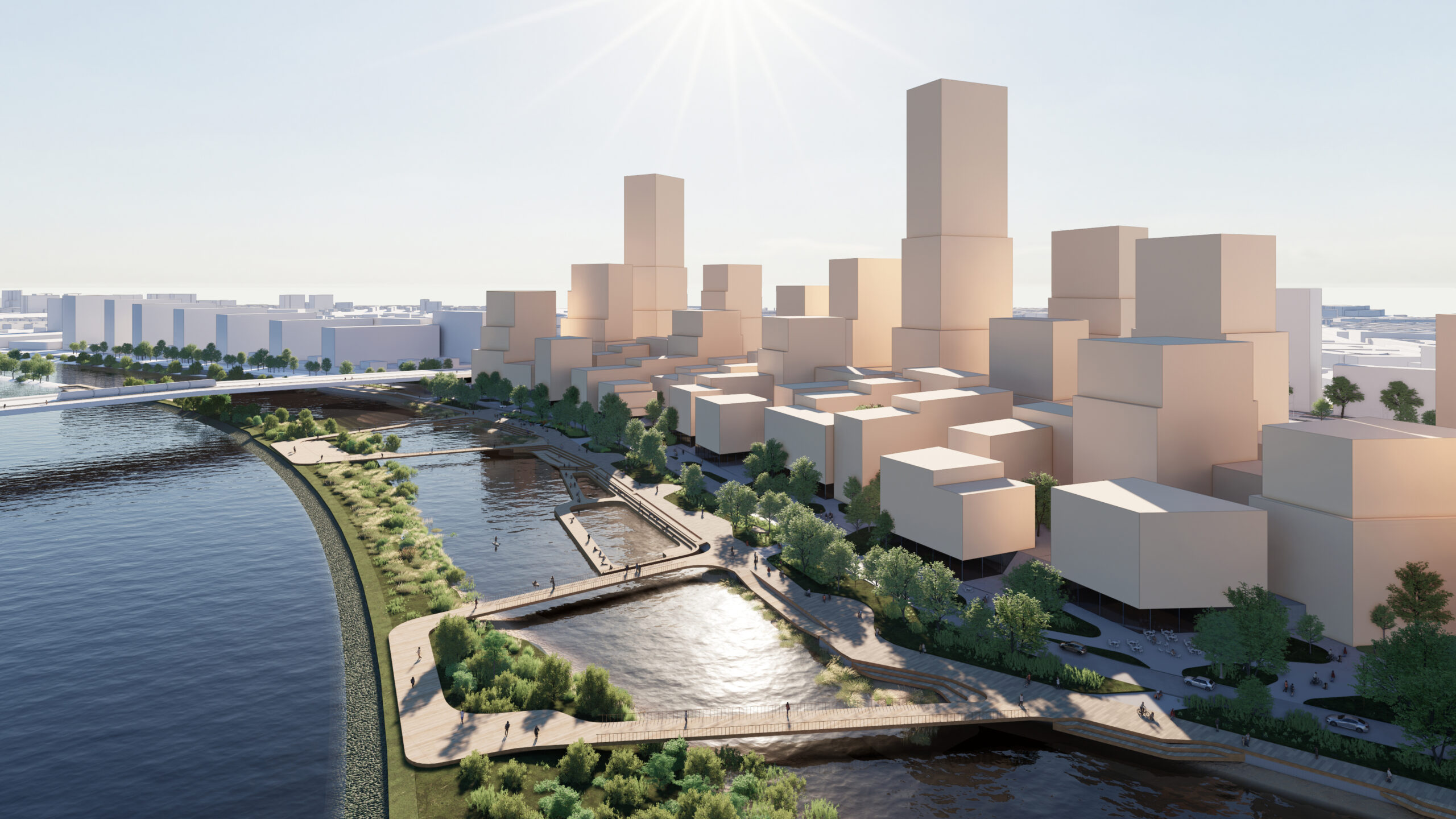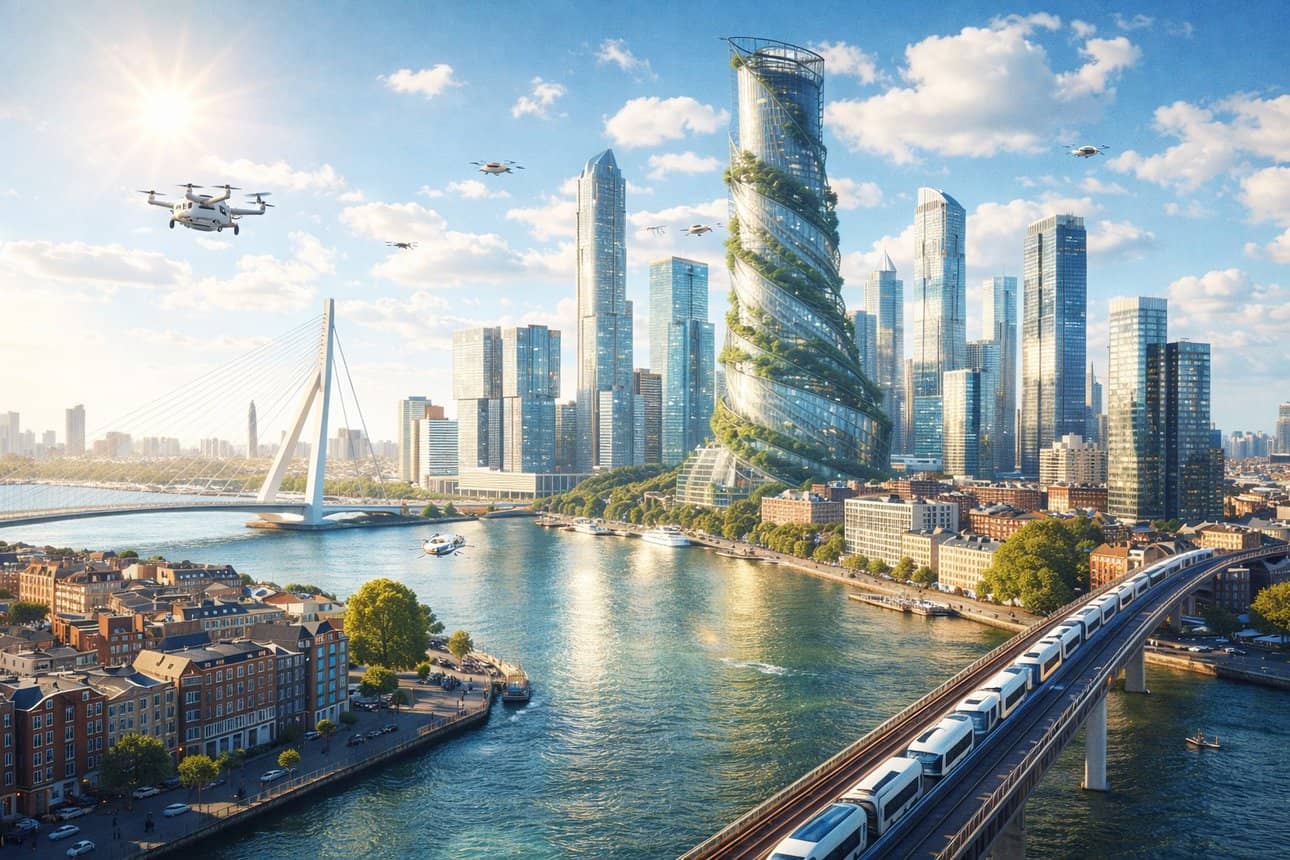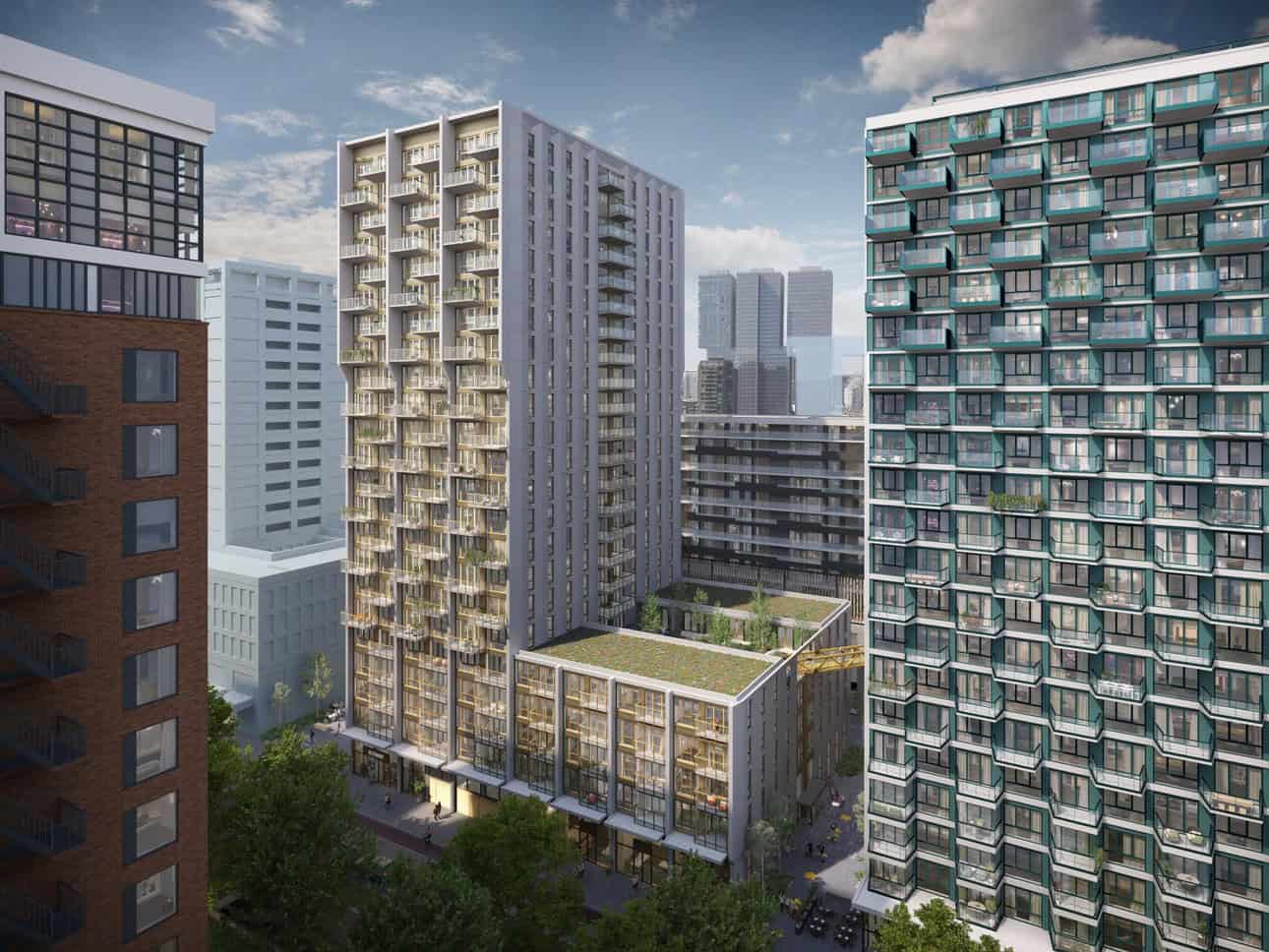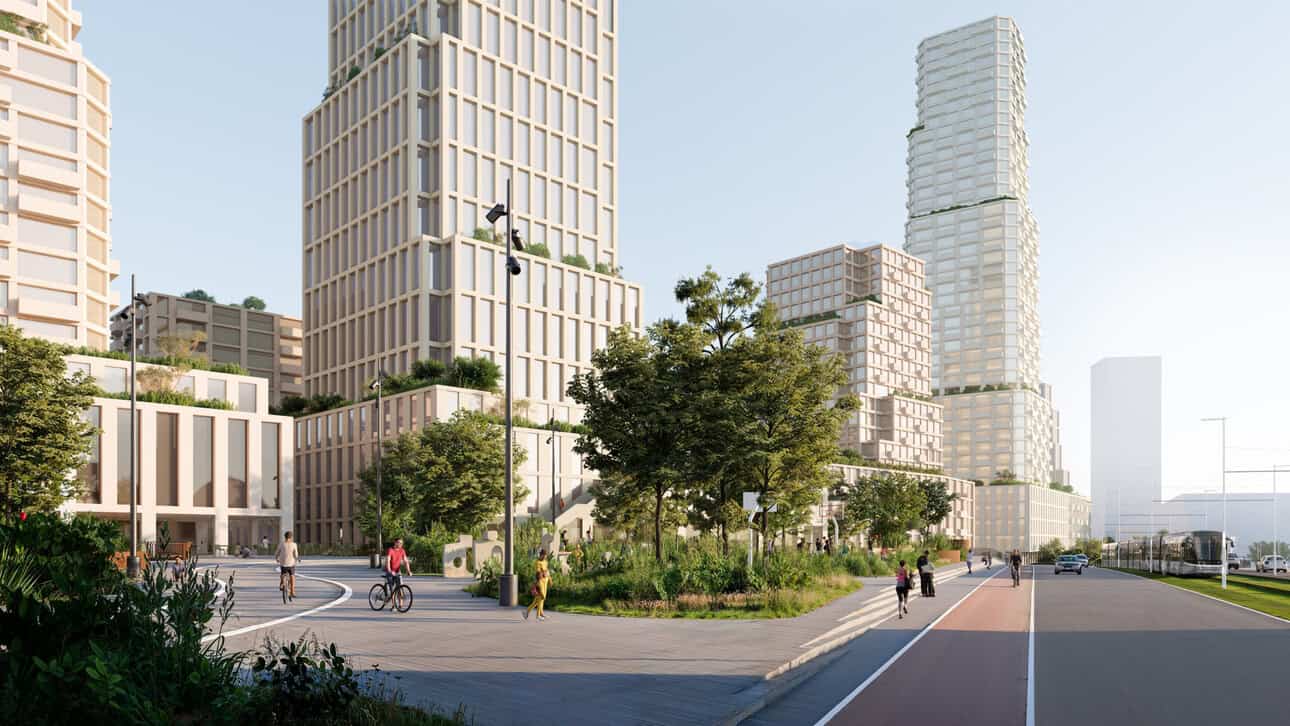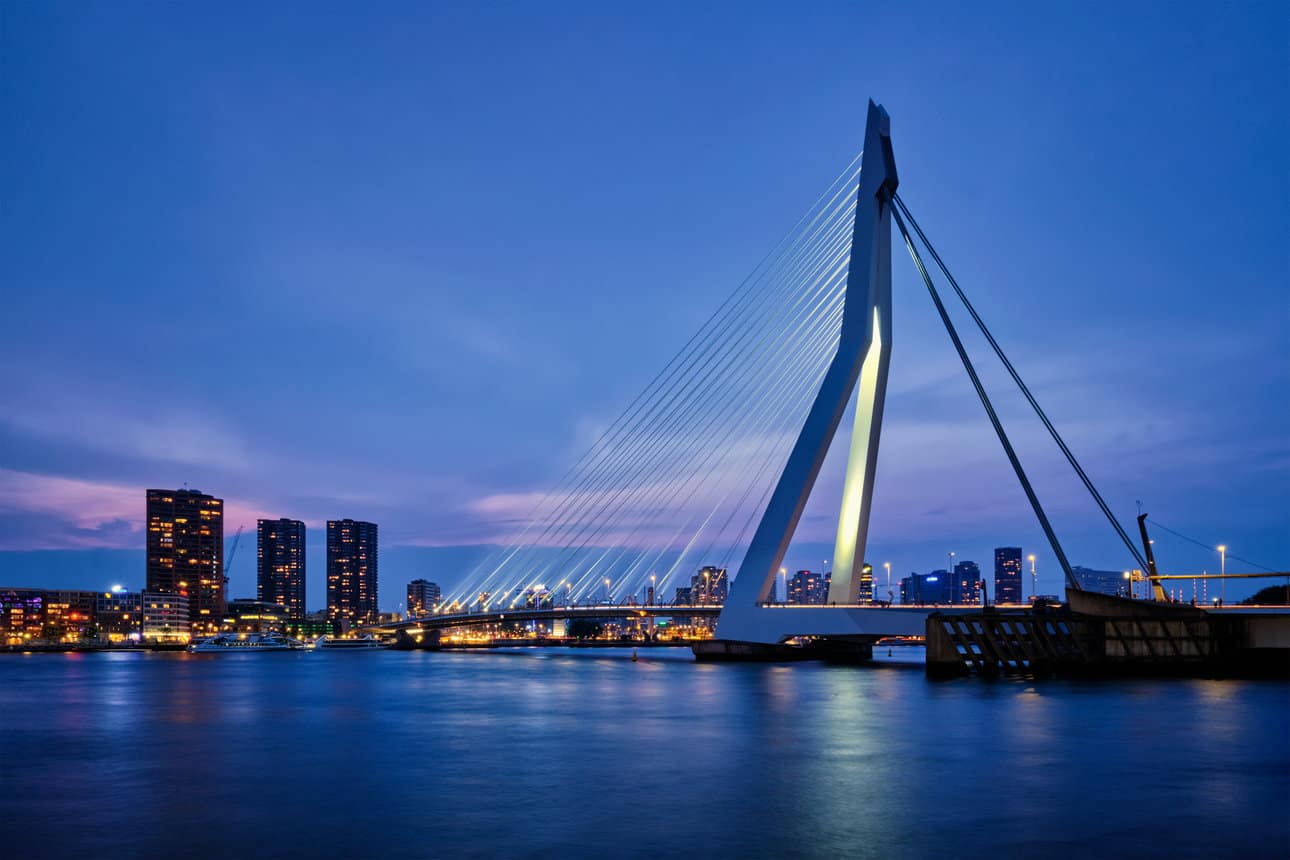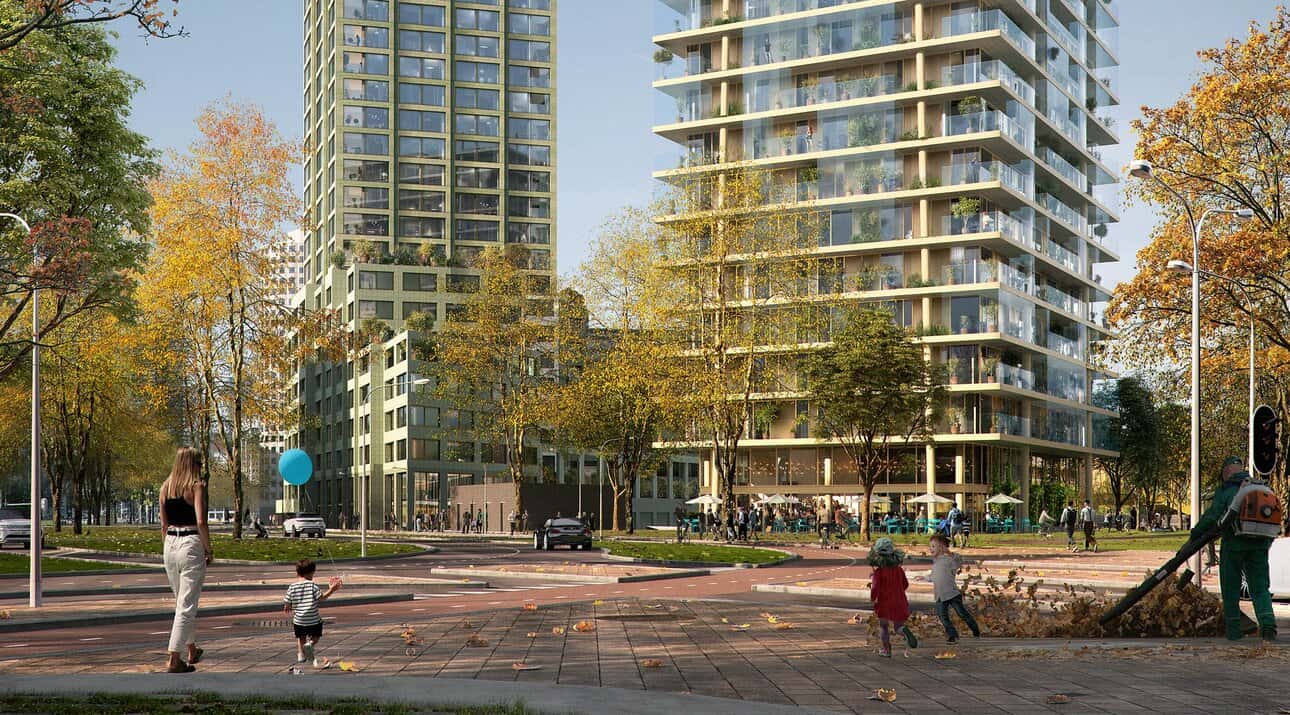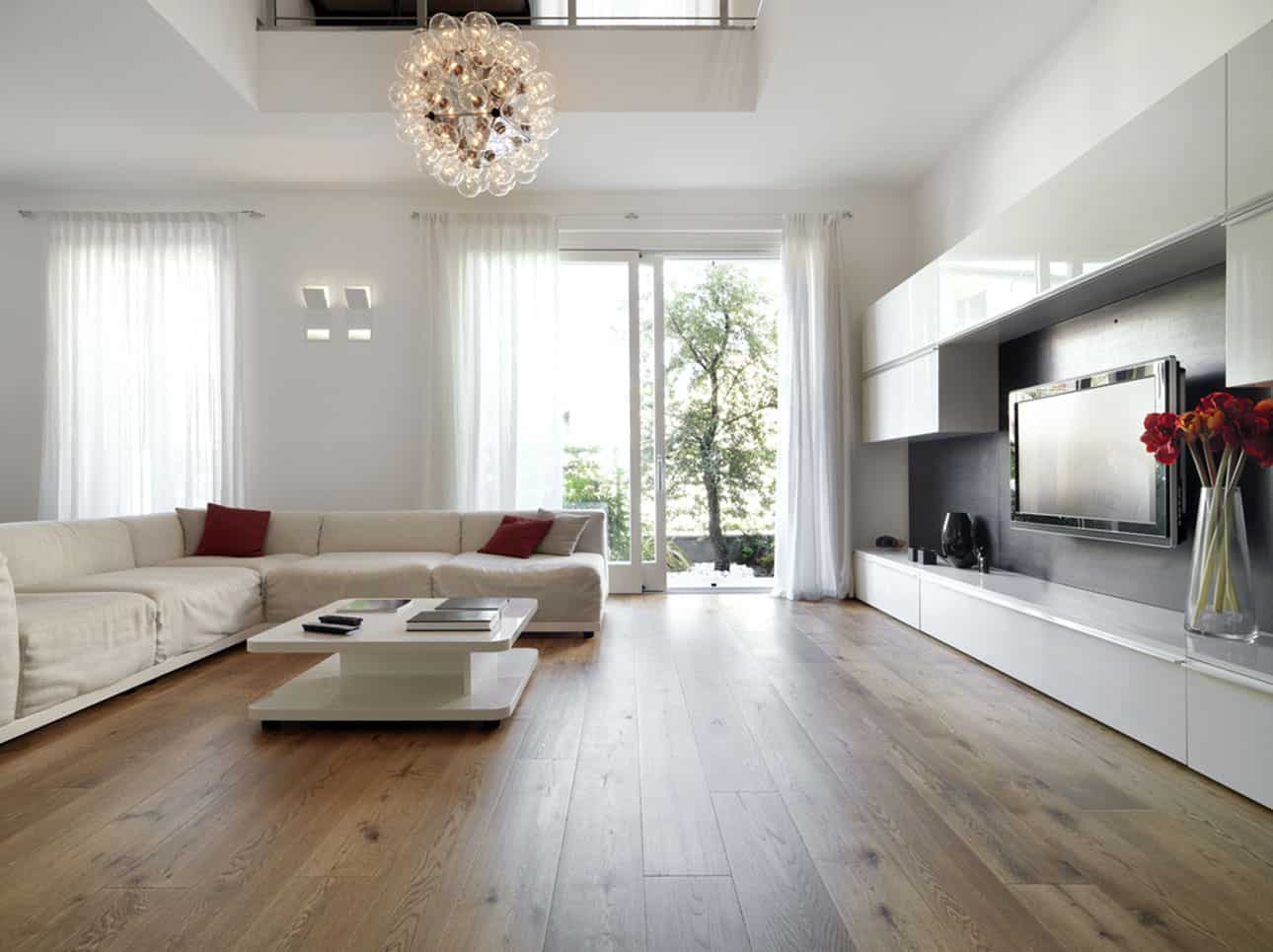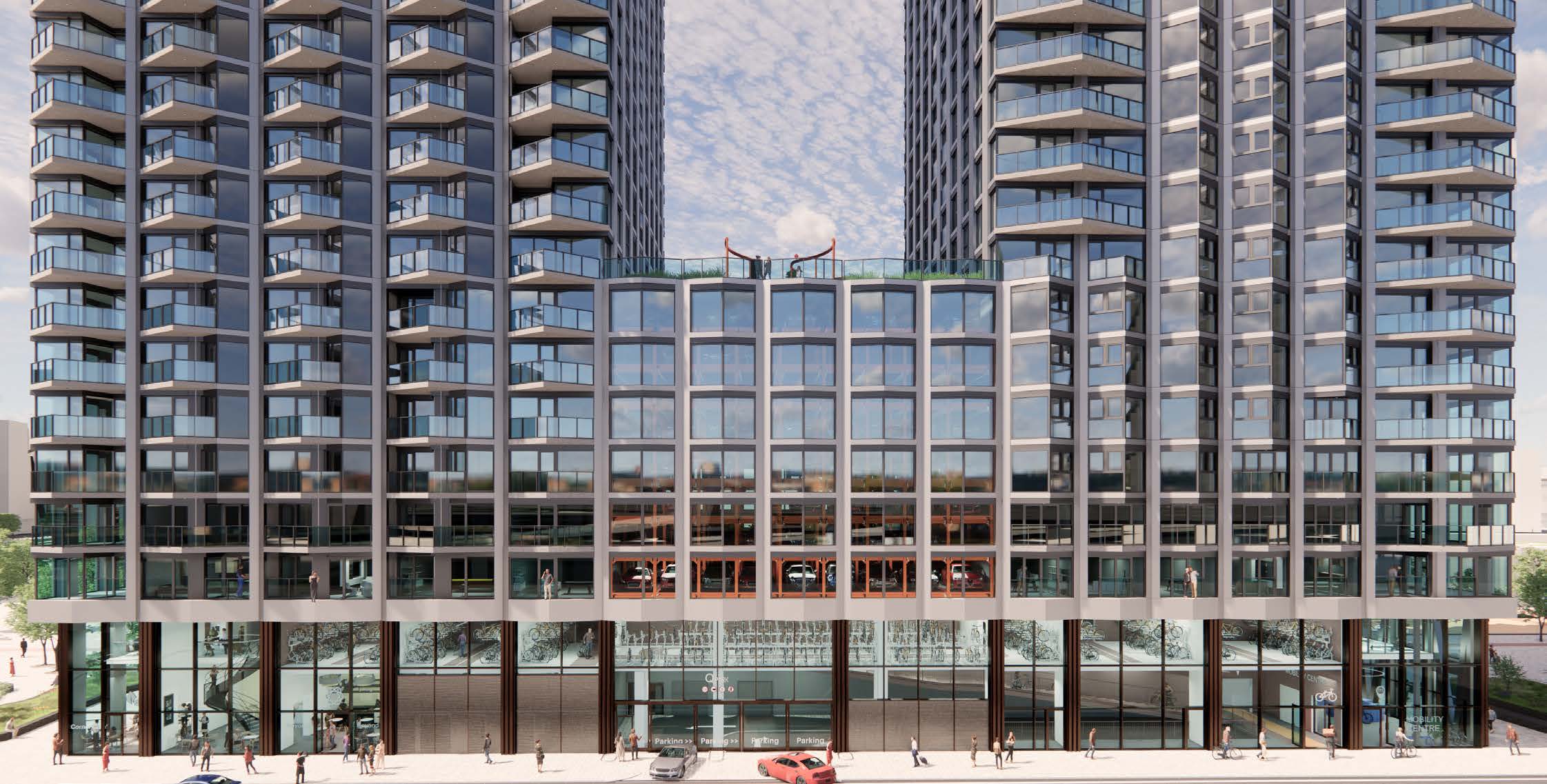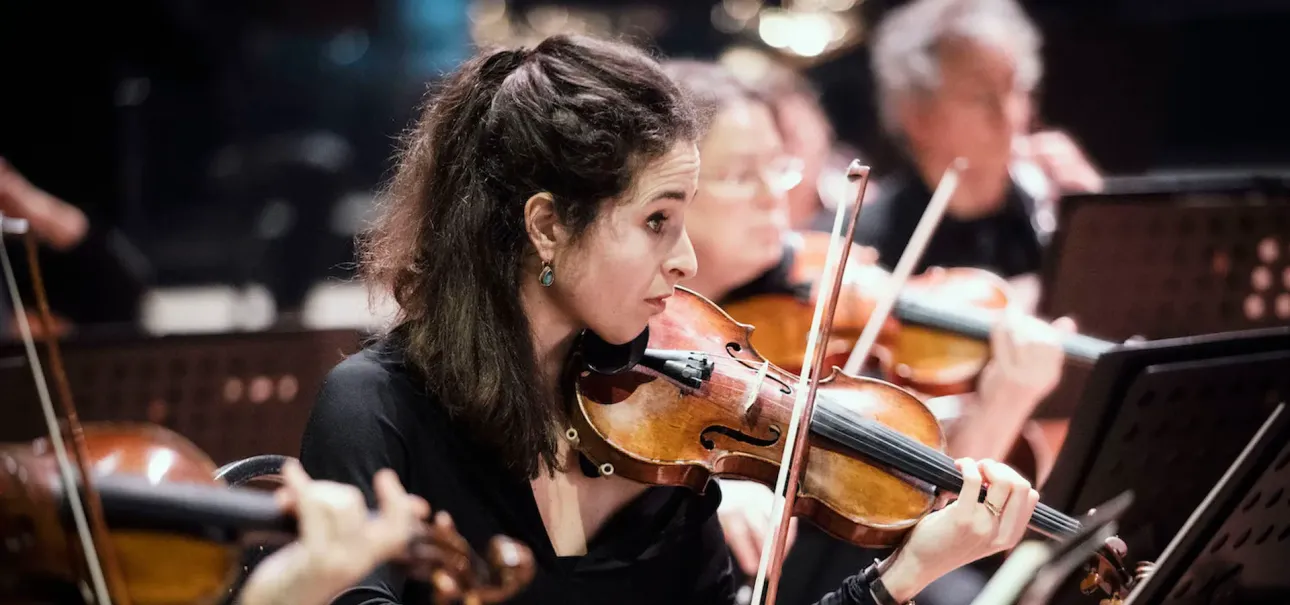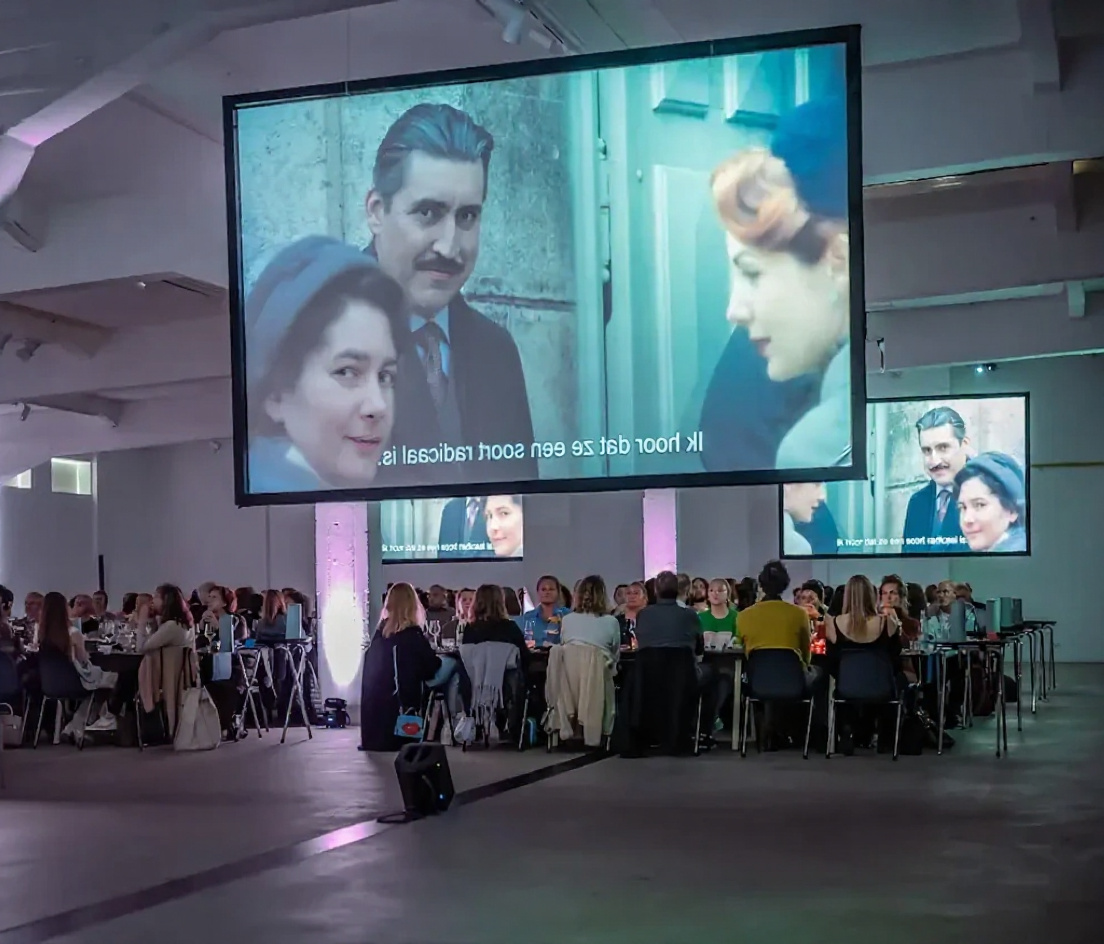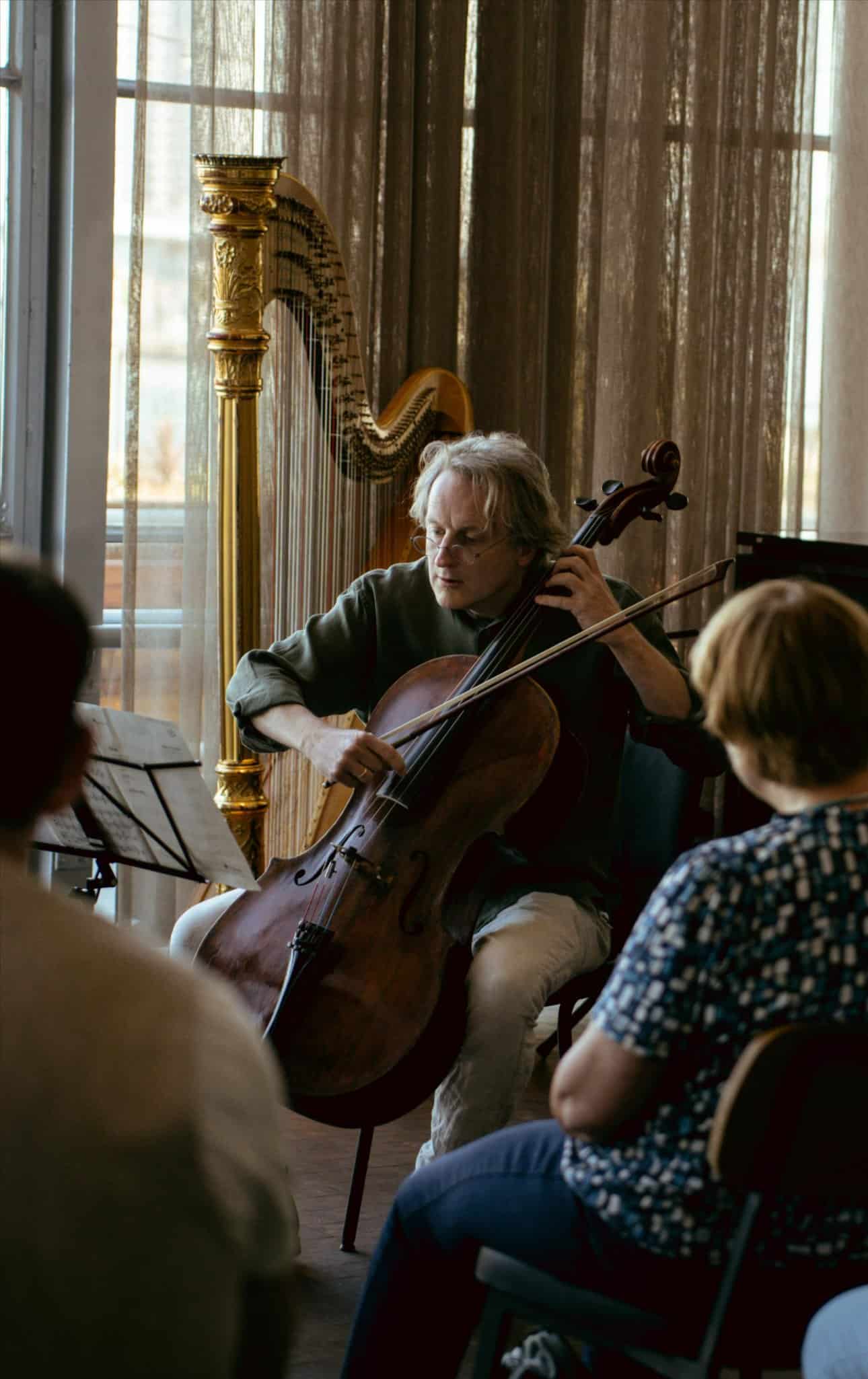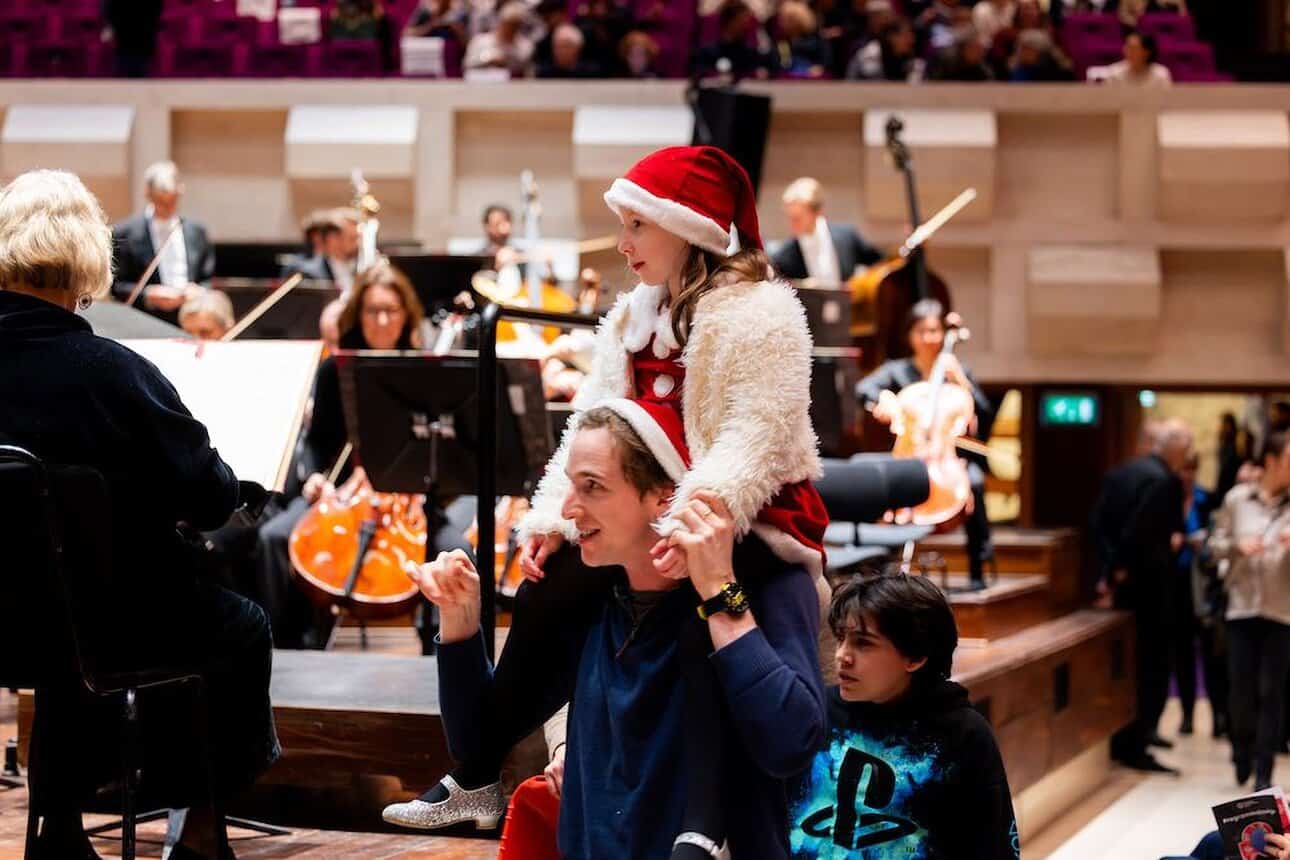ROTTERDAM, 17 April 2024 – Bold new urban developments are reshaping Rotterdam's skyline and enhancing the city's green spaces. Feyenoord City unveils revised plans promising a harmonious blend of residential, commercial, and leisure spaces.
Revised vision for Feyenoord City presented to council
The Rotterdam council has been presented with updated plans for the Feyenoord City project, following the revision of the previous 2018 Stadionpark Area Vision ('Gebiedsvisie Stadionpark') and the 2019 Masterplan Feyenoord City. Adjustments were necessitated after the Council of State nullified the initial zoning plan at the end of 2022, coupled with the suspension of new stadium plans. The revised proposal is scheduled for council deliberation in May.
Urban integration and amenities
According to the new blueprint, De Kuip will maintain its status as a football stadium, augmented by the addition of a new city bridge and the Stadionpark train station ('treinstation Stadionpark'). Feyenoord City is designated to feature between 7,000 and 9,500 new residences, with approximately 350,000 square metres allocated for businesses, education, social facilities, recreation, and sports. An ambitious Waterfront Ambition Document ('ambitiedocument Waterkant') has been drafted for the area initially reserved for a new stadium. The realization of these plans is set to forge a vibrant centre in South Rotterdam, offering an inviting riverside for the enjoyment of the entire city.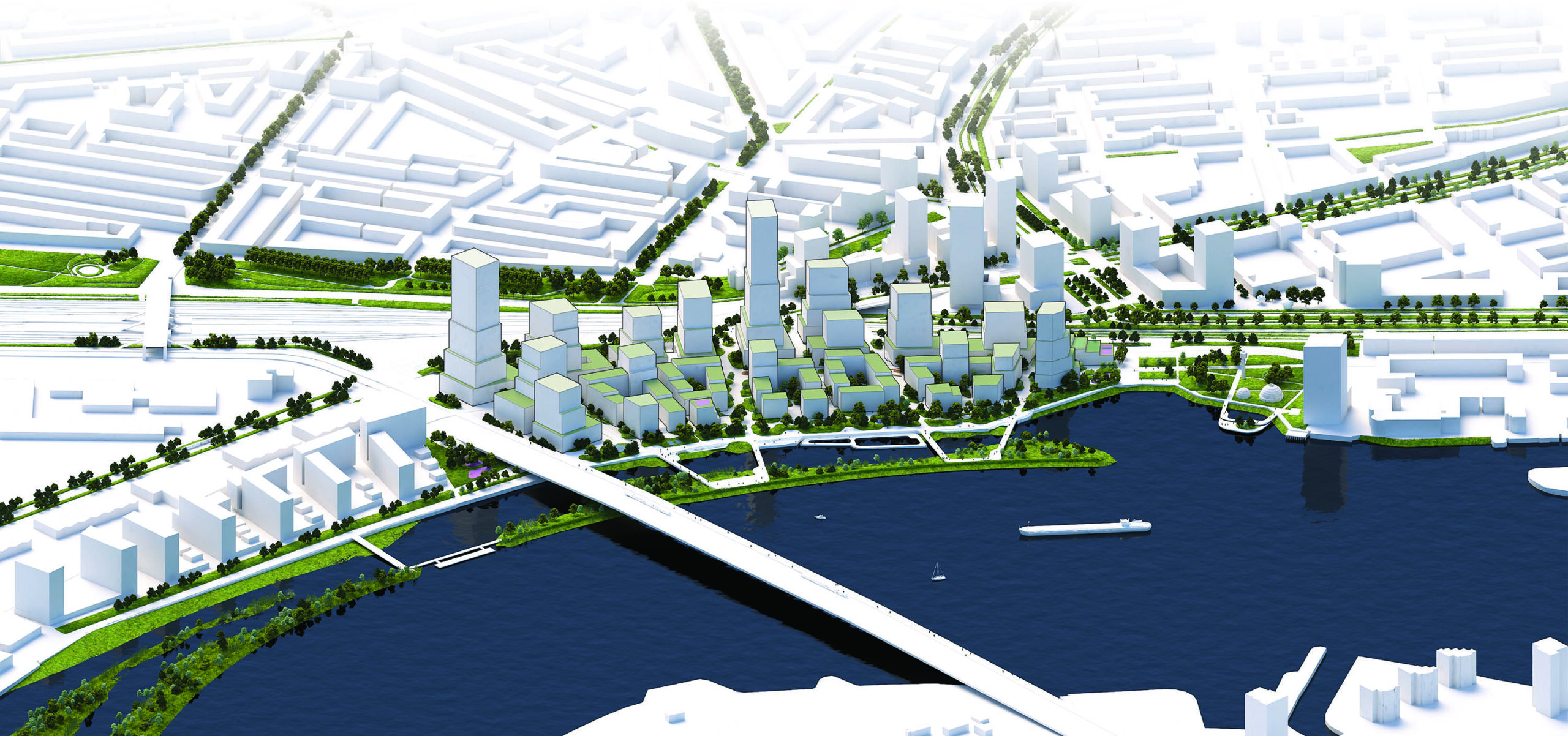 Artist's impression of Feyenoord City 2.0 and the Waterfront. A new centre in the city. Concept by OMA and LOLA
Artist's impression of Feyenoord City 2.0 and the Waterfront. A new centre in the city. Concept by OMA and LOLA
Green urban landscapes
The project plans reveal the emergence of a verdant area along the river. The introduction of a tidal park and a new river promenade is poised to establish a fresh destination for recreation and water sports in Rotterdam. The 'Rondje Stadionpark', a pathway connecting various locales, will enable activities such as walking, skating, and running. New connections over the railway lines are planned to enhance accessibility between Feyenoord City and neighbouring districts, significantly improving Hillesluis's linkage to the river.
Alderman Zeegers, the municipal executive of climate, construction, and housing, stated: “This plan ensures that Feyenoord City becomes an agreeable location for all Rotterdammers, with residents of adjacent neighbourhoods primarily benefiting from the new developments.”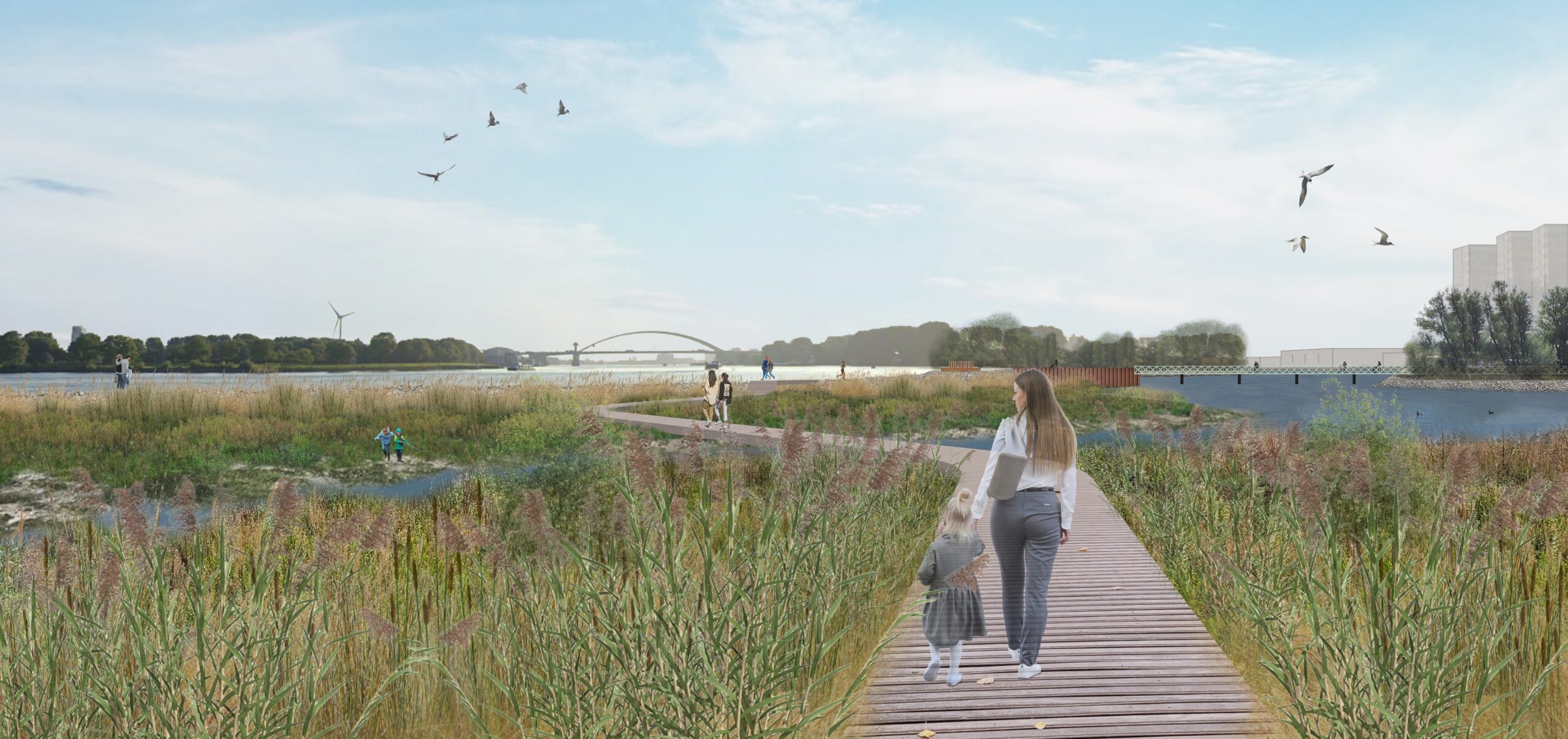 The tidal park will be a place of tranquility for everyone in the surrounding neighbourhoods. Concept by the Municipality of Rotterdam.
The tidal park will be a place of tranquility for everyone in the surrounding neighbourhoods. Concept by the Municipality of Rotterdam.
Community collaboration
In devising the master plan and Waterfront Ambition Document, extensive consultation took place with residents and business owners from Hillesluis, Feijenoord, and Afrikaanderwijk. Design bureaus EFFEKT, OMA, LOLA, the Stigam foundation, and municipal specialists have integrated the community discussions into the planning framework.
Construction and housing development
The Waterfront is poised to accommodate approximately 4,000 homes, underground parking facilities, numerous amenities, and robust transport links. An additional 4,000 to 5,000 dwellings are anticipated across the Veranda, Stadion Triangle ('Stadiondriehoek'), and the Hillesluis Station Environs ('Stationsomgeving Hillesluis'), with space for diverse functions. Stakeholders will continue to be engaged in the development processes.
Social impact and partnerships
Beyond construction, the Feyenoord City 2.0 initiative emphasises social functionality. Community suggestions have shaped aspects such as talent development, urban culture, casual meeting spots, and employment opportunities. Spaces are allocated for enterprises focusing on youth education and development, as well as facilities for daily activities and localized care services.
The Stigam foundation and associated developers, fully supporting the project, are spearheading the initial phase of residential development within Feyenoord City, using the updated plans as a basis for private land development and financing.
Initial construction phases
The administration is requesting the council to establish several specific zoning plans by the summer, aiming to commence the Tidal Park Feyenoord ('Getijdenpark Feyenoord') construction in 2025. Subsequent phases of Feyenoord City will unfold over ten years, with the Waterfront construction starting around 2027. Timeframes for the Veranda and Stadion Triangle remain undetermined. In Hillesluis, the removal of railway yards must precede any new construction, with investigations into relocation ongoing. This also influences the potential construction of the new Stadionpark station, not expected before 2030, along with decisions regarding the precise location of the new city bridge.

